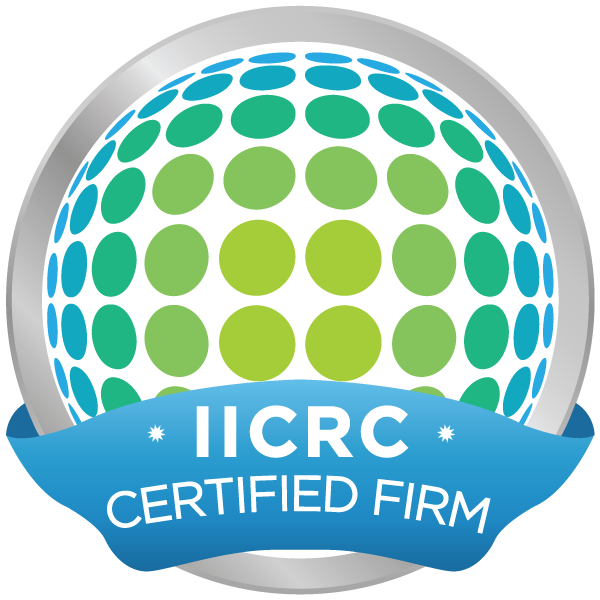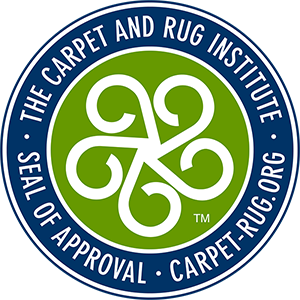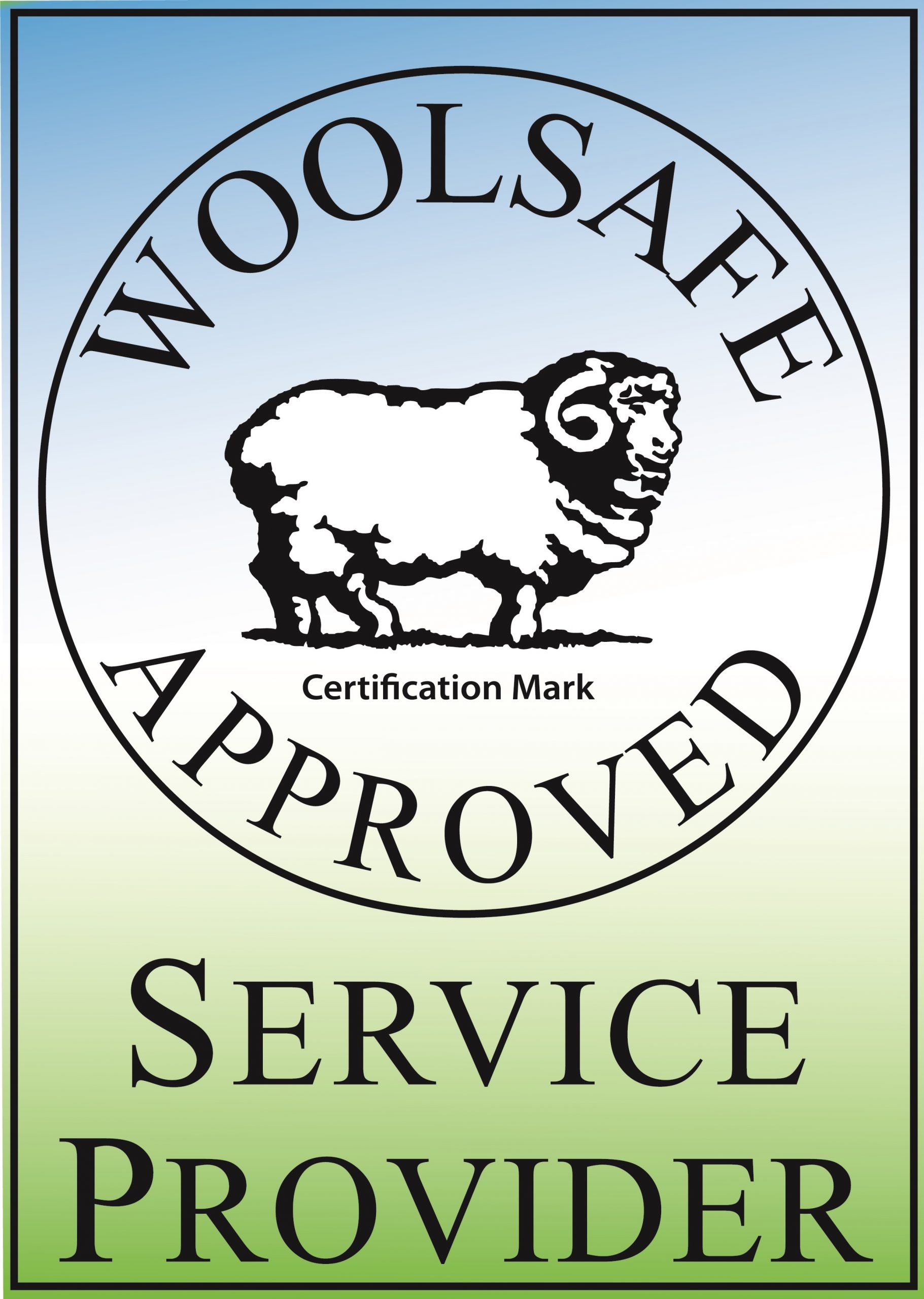
Nain Rugs Persian Craftsmanship
This Week’s Rug Discussion from Oriental Rug Salon
For this week’s Rug Discussion, we sat down with the Rug Master at Oriental Rug Salon to dive deep into one of the most elegant and coveted Persian carpets—Nain rugs. These rugs, known for their subtle sophistication and incredible craftsmanship, are not just décor—they’re art you can walk on. Let’s explore what makes Nain rugs special and why they’re considered true treasures among Persian weavings.
Origin of Nain Rugs
Nain rugs come from the ancient city of Nain, near Isfahan in central Iran. While rug weaving in this region only began in the early 20th century, these rugs quickly rose in prestige. Despite being one of the newer entries in the Persian rug world, Nain established itself through quality, symmetry, and elegance.
The city’s strategic location and proximity to Isfahan—long known as a center of Persian art—allowed weavers to draw inspiration from classical Safavid motifs while innovating their own identity.
The Craftsmanship Behind Every Nain Rug
Each Nain rug is hand-knotted, a testament to tradition and human artistry. The base typically consists of cotton warp and weft, while the pile is crafted using wool, silk, or a wool-silk blend. High-end Nain pieces often include pure silk pile, giving them a distinct sheen and luxurious feel.
Main Characteristics of Craftsmanship
- Meticulous hand-knotting
- Perfect symmetrical designs
- Ultra-fine detail clarity
- Compact structure and softness
Materials Used in Nain Rugs
The materials used in Nain rugs are chosen with both aesthetic appeal and durability in mind:
- Wool: Offers warmth, resilience, and softness.
- Silk: Adds shine and detail to highlight motifs.
- Cotton: Forms a solid structural base.
La Quality Explained
- 6La: Finest grade with extremely high knot count
- 9La: Excellent quality, slightly thicker than 6La
- 12La: More affordable but still elegant
The term “La” refers to the number of threads grouped during weaving. Fewer threads mean a finer weave and more intricate design.
Colors and Patterns: The Soul of Nain Rugs
What immediately distinguishes Nain rugs is their subdued color palette and delicate detailing. They favor soft, regal tones that make any space feel luxurious without being loud.
Signature Colors
- Ivory
- Navy Blue
- Powder Blue
- Light Beige
- Sandstone
Iconic Patterns
- Central Medallions
- Flowing Floral Vines
- Garden and Tree of Life Elements
- Symmetrical Arabesques
- Intricate Lattices
These designs reflect Persian spirituality, drawing influence from nature, harmony, and Persian poetry.
Knot Density: Where Precision Meets Art
One of the defining features of a Nain rug is its Knot Per Square Inch (KPSI), which directly impacts the rug’s detail and value.
La Type Average KPSI Quality Level
- 6La 800+ Museum-Quality Masterpiece
- 9La 500–700 High-End Decorative Piece
- 12La 300–500 Budget-Friendly Luxury
A higher KPSI allows weavers to create more complex motifs and cleaner lines, often mistaken for printed fabric from afar due to their precision.
Master Artist Fatollah Habibian
No discussion of Nain rugs would be complete without paying homage to Fatollah Habibian, known globally as the father of Nain rug weaving.
Quick Facts About Habibian
- Born: 1903
- Revolutionized Nain rug designs
- Founded one of Nain’s most iconic workshops
- Signed pieces are rare and highly collectible
- Introduced silk-wool blending and hyper-fine knotting
Collectors prize rugs signed “Habibian” or made in his workshop, as they represent the gold standard of Persian weaving.
Why Collectors Love Nain Rugs
A Nain rug is more than décor—it’s functional elegance. Rug owners choose Nain rugs for both their beauty and resilience.
Top Benefits
- Timeless elegance for formal and modern interiors
- Durable construction built to last generations
- High collector and resale value
- Feels soft underfoot yet firm
- Works well in living rooms, bedrooms, offices, and entryways
How to Spot an Authentic Nain Rug
When shopping for a Nain rug, authenticity matters. Here’s what to look for:
- Fine knot count (preferably 6La or 9La)
- Silk highlights and soft wool
- Symmetrical patterning
- Origin label from Nain or Isfahan
- Possible signature of Habibian in Persian script
If in doubt, let a professional appraiser (like our Rug Master at Oriental Rug Salon) verify the rug’s origin.
Care and Maintenance Tips for Nain Rugs
To preserve the elegance of your Nain rug, proper maintenance is key:
- Avoid direct sunlight to prevent fading
- Rotate the rug every 6–12 months
- Vacuum gently with suction only
- Spot clean with natural, pH-neutral solutions
- Professionally clean every 1–2 years
Trust the Experts: Oriental Rug Salon
At Oriental Rug Salon, we understand that each Nain rug is a work of art and history. Whether you own a modern 12La or a rare 6La Habibian masterpiece, our specialists provide:
- Deep, non-invasive cleaning
- Expert stain and odor removal
- Custom repairs and fringe restoration
- Certified rug appraisals
Oriental Rug Salon is a Certified Partner with the prestigious Institute of Inspection, Cleaning and Restoration Certification (IICRC), the International Carpet & Rug Institute (CRI), and a WoolSafe Approved Service Provider. Our services and expertise are relied upon by many rug collectors, Oriental and Persian rug retailers, interior designers, insurance and restoration companies, court systems, and owners who cherish their area rugs and seek the best cleaning possible.
We proudly serve Lee, Collier, and Charlotte County, offering pickup and delivery for your convenience.
Restore Your Nain Rug to Its Original Beauty
Don’t let dust, pet odors, or foot traffic dull your rug’s brilliance. Our master craftsmen use time-honored techniques and eco-friendly solutions to restore every thread.
Contact us today to schedule an expert evaluation:
Visit: Oriental Rug Salon online at https://orientalrugsalon.com
Call: 239-424-8171
Final Interview Thoughts: The Enduring Beauty of Nain Rugs
From the quiet city of Nain to your living room, these rugs carry a legacy of craftsmanship, culture, and class. Whether you’re a collector or a first-time buyer, a Nain rug is a statement of sophistication—and Oriental Rug Salon is here to help you preserve it for generations.
Frequently Asked Questions (FAQs)
- What does the “La” number in Nain rugs mean?
It indicates the number of threads used in each group. The lower the number (6La or 9La), the finer the rug’s weave.
- Are all Nain rugs made with silk?
Not all. While many use silk highlights, high-end pieces may use a full silk pile. Most standard pieces blend silk with wool.
- How often should a Nain rug be professionally cleaned?
Ideally, every 12–18 months, depending on foot traffic and exposure to dust or pets.
- Can Oriental Rug Salon appraise my Nain rug?
Absolutely. We offer certified appraisals and can verify origin, age, and value.
- Is a Habibian-signed rug really worth more?
Yes! Rugs signed by Fatollah Habibian or his workshop are highly collectible and can command premium auction prices. He was born in 1903 in the city of Nain. He knotted his first carpet as a school boy. Along with his brother, Mohammad, they opened their own workshop in Nain, Central Iran within the Isfahan province, in 1920.



